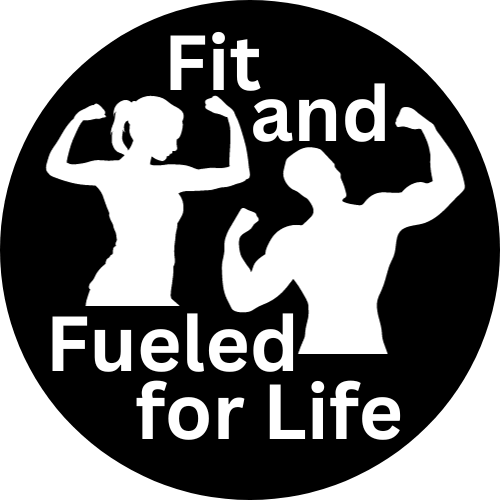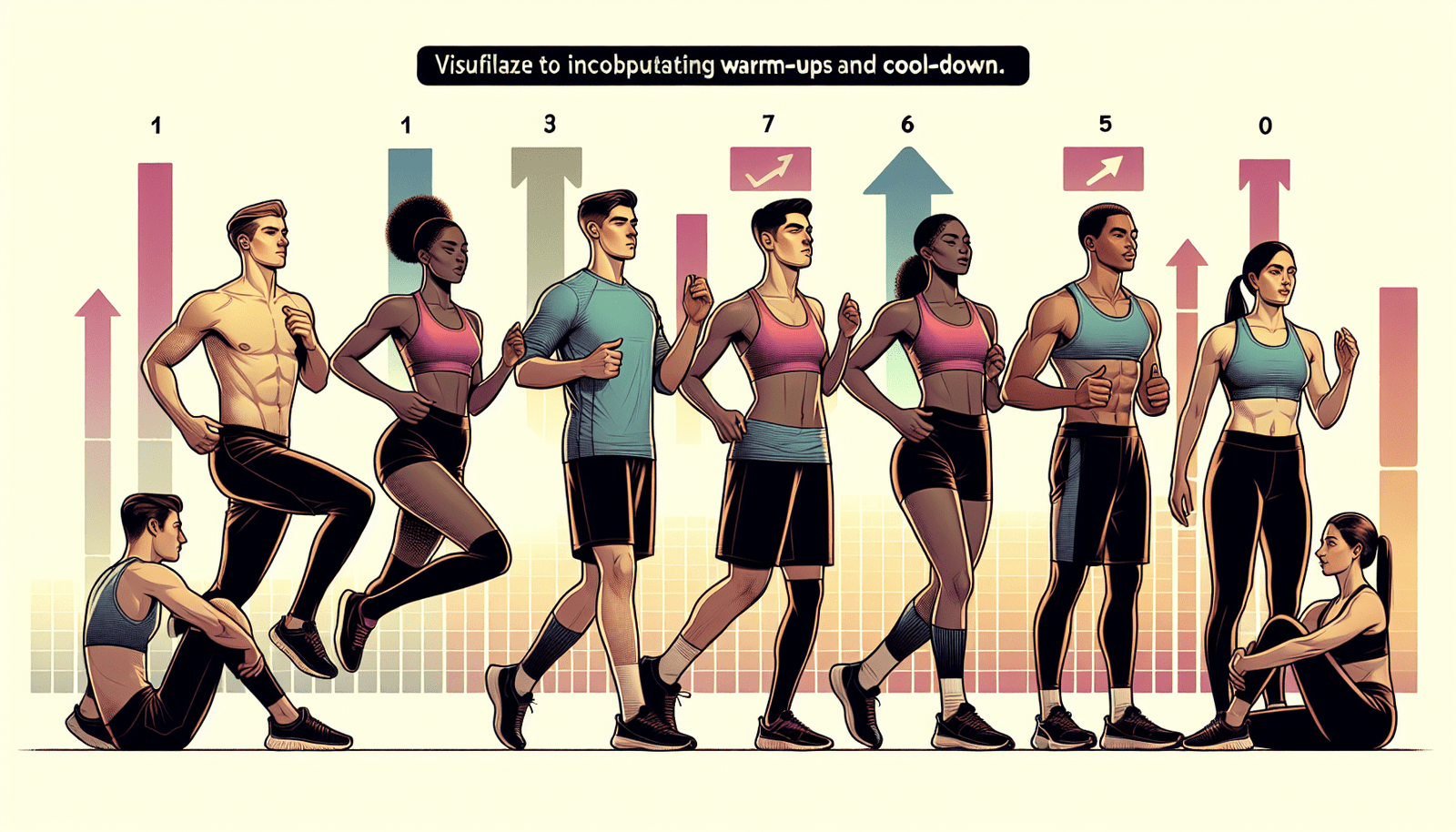“The Importance of Warm-ups and Cool-downs” highlights the significance of incorporating warm-up and cool-down routines into our exercise regimen. At this website, we aim to prioritize health and fitness, recognizing that proper warm-ups and cool-downs are essential components of any exercise routine. These routines prepare our bodies for physical activity, helping to prevent injuries and improve performance. By devoting time to warm-up exercises, we can increase our body temperature, activate our muscles, and enhance our range of motion. Similarly, cool-down exercises allow our bodies to gradually return to a resting state, aiding in the reduction of post-workout muscle soreness. Understanding the value of incorporating warm-ups and cool-downs into our exercise routine is vital for achieving optimal results and maintaining overall well-being.
The Benefits of Warm-ups
Warm-ups are an essential part of any exercise routine, as they provide numerous benefits that can greatly enhance our performance and reduce the risk of injury. By engaging in a proper warm-up, we can improve our overall performance, increase flexibility, and mentally prepare ourselves for the upcoming physical activity.
Improved Performance
One of the key benefits of warm-ups is the positive impact they have on our performance. During a warm-up, our cardiovascular system gets activated, leading to an increase in heart rate and blood flow to our muscles. This improved blood circulation brings more oxygen and nutrients to the muscles, preparing them for the demands of exercise. As a result, our muscles are able to contract and relax more efficiently, leading to enhanced overall performance.
Injury Prevention
Another crucial benefit of warm-ups is the role they play in preventing injuries. When we engage in physical activity with cold muscles, they are more prone to strains, sprains, and other injuries. By performing dynamic movements during our warm-up, we increase the range of motion in our joints and promote better muscle-tendon flexibility. This helps to decrease the risk of overstretching or tearing muscles during exercise. Additionally, a warm-up also helps to activate our proprioceptors – sensory receptors in our muscles and joints that provide feedback to our brain about movement and position. This heightened proprioception can help us make more controlled movements and improve our balance, reducing the likelihood of falls or accidents.
Increased Flexibility
Warm-ups also have a positive impact on our flexibility. Through activities such as dynamic stretching, we can gradually increase the range of motion in our joints and muscles. This promotes greater flexibility, which is an important aspect of overall fitness. Improved flexibility allows us to perform exercises with proper form and technique, reducing the risk of strains or tears. Additionally, flexible muscles and joints also aid in the prevention of everyday injuries such as muscle pulls or back strain.
Mental Preparation
Lastly, warm-ups serve as a time for mental preparation. Engaging in a warm-up routine allows us to transition from a state of rest or inactivity to a more focused and energized state. By concentrating on our breathing and the movements involved in our warm-up, we can clear our minds of distractions and enhance our mental focus. This mental preparation can significantly improve our performance during physical activity, enabling us to stay focused and motivated.

Components of a Warm-up
To reap the benefits of a warm-up, it’s important to incorporate a variety of components into our routine. A well-rounded warm-up typically consists of cardiovascular exercise, dynamic stretching, joint mobilization, and activation exercises.
Cardiovascular Exercise
Cardiovascular exercises such as jogging or brisk walking are an excellent way to get our heart rate up and increase blood flow throughout the body. This component of a warm-up helps to warm up our muscles and prepare them for the upcoming physical activity. Engaging in cardiovascular exercises for 5-10 minutes before starting the main workout can greatly improve our performance and reduce the risk of injuries.
Dynamic Stretching
Dynamic stretching involves moving our muscles and joints through a full range of motion in a controlled manner. Unlike static stretching, which is done while holding a position, dynamic stretching helps to improve flexibility and joint mobility while also activating our muscles. Examples of dynamic stretches include leg swings, arm circles, and torso rotations. By incorporating dynamic stretching into our warm-up, we can increase the flexibility and suppleness of our muscles, making them more prepared for the demands of exercise.
Joint Mobilization
Joint mobilization exercises focus on moving our joints through their full range of motion, increasing synovial fluid production, and improving joint lubrication. These exercises include gentle movements that target specific areas such as the shoulders, hips, or spine. By mobilizing our joints during the warm-up, we enhance our overall mobility and decrease the risk of joint-related injuries during exercise.
Activation Exercises
Activation exercises are designed to target specific muscle groups and activate them before the main workout. These exercises help to improve muscle activation and establish proper movement patterns. Examples of activation exercises include glute bridges, planks, or resistance band exercises. By incorporating these exercises into our warm-up routine, we can ensure that our muscles are fully engaged and functioning optimally during the main workout.


